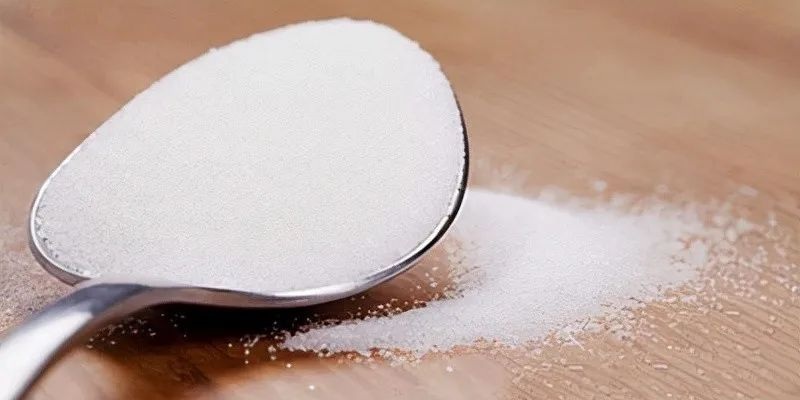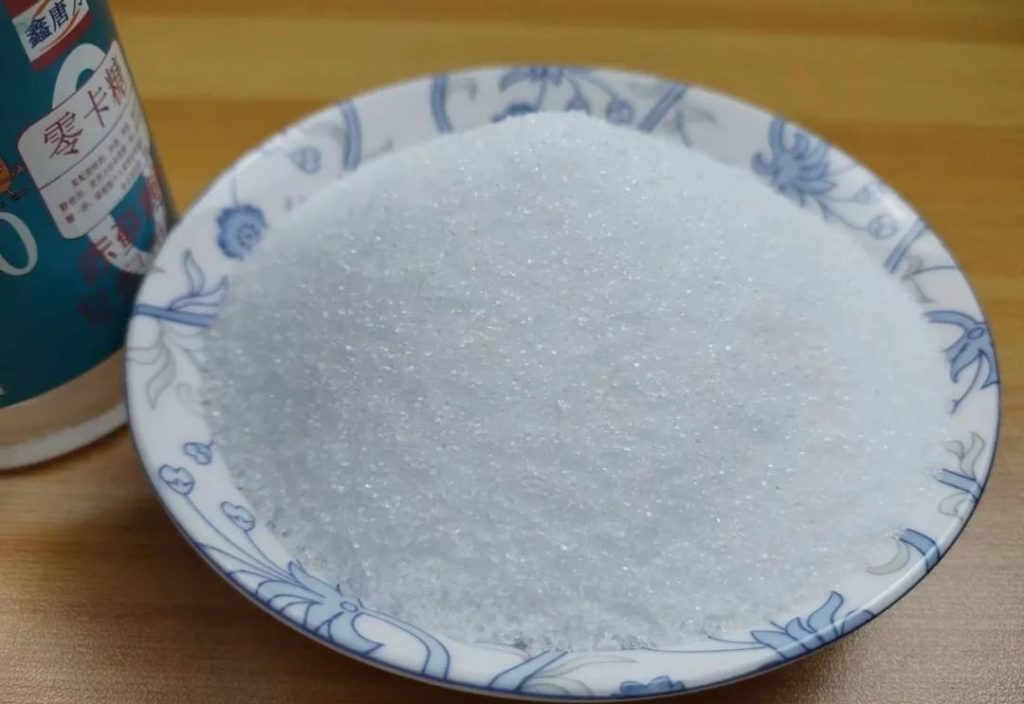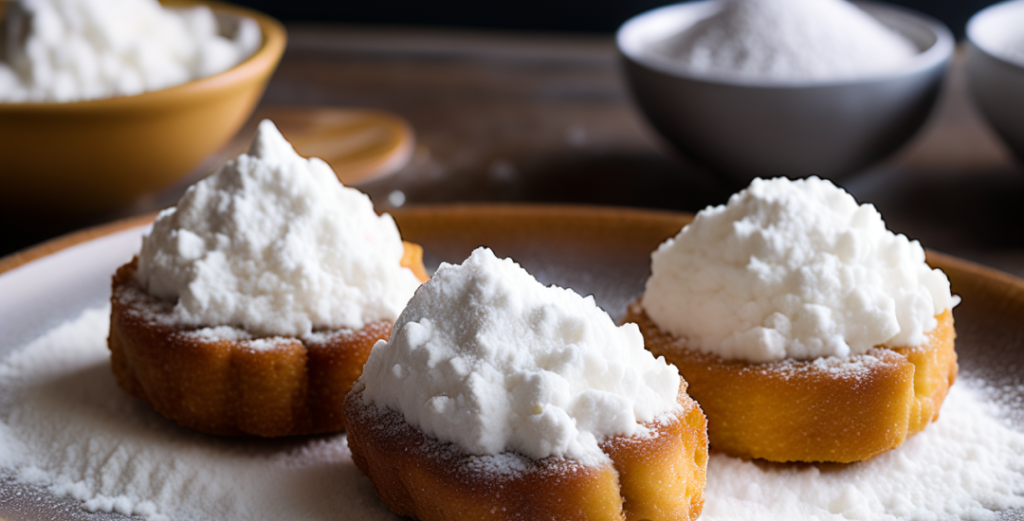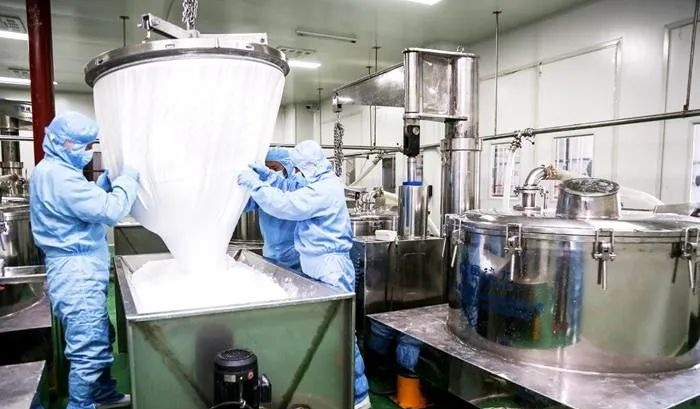In recent years, with the popularization of healthy eating concepts, zero calorie sugar has gradually entered the public eye as a new type of sugar substitute product. How does this sweetener, which claims to be “zero calorie” and “not raise blood sugar,” achieve the coexistence of sweetness and health? What are its actual effects and safety? Let’s comprehensively analyze this highly concerned food additive from a scientific perspective.

What’s Zero Calorie sugar ?
The essence of zero calorie sugar is a type of high sweetness, low calorie sugar substitute, with a sweetness that can reach 200-800 times that of sucrose, but it is almost not absorbed by the human body. At present, zero calorie sugar on the market is mainly divided into two categories: natural extraction and artificial synthesis.
Natural products include stevioside, siraitin and other plant extracts; Artificially synthesized sweeteners include sucralose, aspartame, acesulfame, and other chemically synthesized sweeteners. These ingredients generate sweet signals by stimulating the taste buds, but due to their unique molecular structure, human digestive enzymes find it difficult to break them down, and most of them are ultimately excreted in their original form, achieving a nearly zero calorie sweet taste experience.
From the perspective of metabolic mechanisms, zero calorie sugar does indeed have the characteristic of not participating in blood glucose metabolism. Clinical studies have shown that the glycemic index (GI) of these sugar substitutes is generally zero and does not cause blood glucose fluctuations. For example, the metabolism of steviol glycosides is not dependent on insulin, with 90% being directly excreted through the intestine; Only about 15% of sucralose is absorbed and completely excreted through urine within 24 hours.
This characteristic makes it an ideal choice for patients with diabetes and those who control sugar. According to the research of Endocrinology Department of Peking Union Medical College Hospital, replacing conventional sugar with zero calorie sugar can reduce the level of glycosylated hemoglobin in patients with type II diabetes by 0.5% -1.2%.

In terms of weight management, zero calorie sugar exhibits a dual effect. Short term substitution can reduce daily calorie intake by 200-300 calories, theoretically beneficial for weight loss. A controlled experiment in the American Journal of Clinical Nutrition showed that participants who consumed zero calorie beverages for 12 weeks lost an average of 1.8 kilograms more weight than those who consumed regular sugary drinks.
However, it is worth noting that long-term excessive use may interfere with the body’s normal perception of sweetness. Some studies have found that continuous intake of artificial sweeteners may enhance the craving for sweets and instead lead to compensatory calorie intake. Therefore, nutrition experts suggest that zero calorie sugar is more suitable as a transitional substitute rather than a long-term dependency solution.

How about the safety of Zero Calorie sugar ?
Safety has always been the top concern for consumers. At present, the approved sugar substitutes in China have undergone strict evaluation and are safe to use within the prescribed intake range (such as 15mg of sucralose per kilogram of body weight per day). The toxicological assessment of mainstream zero calorie sugar components by the International Committee on Food Additives (JECFA) shows that they have no carcinogenic or teratogenic risks.
However, special groups still need to pay attention: patients with phenylketonuria should avoid products containing aspartame; Some sensitive individuals may experience intestinal discomfort, which is related to the alteration of gut microbiota balance by sugar substitutes. The “Guidelines for the Use of Sugar Substitutes” released by the Chinese Center for Disease Control and Prevention in 2023 suggest that the daily intake of zero calorie sugar should not exceed twice the recommended amount of the product.
In cooking applications, zero calorie sugar exhibits unique advantages and limitations. Due to its high temperature resistance (such as the ability of sucralose to withstand temperatures up to 200 ℃), it is highly suitable for baking use. But there are differences between the sweetness curve and sucrose – most zero calorie sugars have a more pronounced aftertaste and lack the “heaviness” of sucrose.
Professional chefs suggest mixing different sugar substitutes when making pastries, such as mixing erythritol (providing volume sensation) with steviol glycosides (providing sweetness) in a 7:3 ratio, which can better simulate the taste of sucrose. It is worth noting that zero calorie sugar does not possess the caramelization reaction characteristics of sucrose, making it unsuitable for specific baking scenarios that require Maillard reaction.

How about the market of Zero Calorie Sugar ?
Market research shows that the zero calorie sugar market in China will reach 5.8 billion yuan in 2024, with an annual growth rate of over 25%. The product has evolved from the initial powder form to various forms such as liquid syrup and instant granules. But the chaos in the industry has also emerged: some products falsely label the concept of “zero calorie” (actually containing sugar alcohols with calories such as maltitol); Some composite sugar substitutes do not clearly indicate the proportions of each component. Consumers should identify the SC production license number when making purchases and prioritize selecting products with clear ingredient lists.
From a sustainable development perspective, there are significant environmental differences in the production of zero calorie sugar. Plant extracts such as stevia glycosides require a large amount of arable land resources, and 1 ton of finished product requires 30 tons of fresh stevia leaves; Chemical synthesis, on the other hand, faces pressure in industrial wastewater treatment. The industry is exploring green processes, such as the enzymatic conversion technology developed by a biotechnology company, which has increased the production efficiency of sucralose by 40% and reduced wastewater discharge by 60%.

What’s future of Zero Calorie Sugar ?
Looking ahead, zero calorie sugar technology will develop towards a more natural and precise direction. The high sweetness stevia varieties cultivated by gene editing technology have entered the field trial stage, and their steviol glycoside content can reach twice that of traditional varieties; Nano encapsulation technology can improve the post bitterness problem of sugar substitutes. Nutritionists predict that personalized sugar replacement combinations may become a trend by 2028- customizing exclusive zero calorie sugar formulas for different populations through gut microbiota testing.
For ordinary consumers, the reasonable use of zero calorie sugar requires several principles to be mastered: prioritize natural source products; Control the total daily intake (recommended not to exceed 20 grams); Pay attention to observing individual tolerance reactions; Avoid completely replacing all natural sugars and maintain taste diversity. Remember, zero calorie sugar is just a part of a healthy diet, balanced nutrient intake and a scientific lifestyle are the cornerstones of health.

